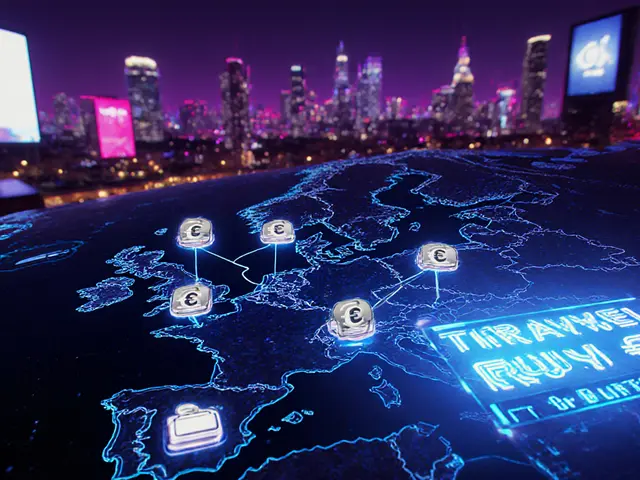
Community Rewards: Airdrops, Staking, and Token Incentives
When talking about Community Rewards, the set of incentives that blockchain projects give to users for participation, promotion, or holding tokens. Also known as user incentives, they help grow networks and keep activity high. One common form is an Airdrop, a free distribution of tokens to eligible wallets. Another is Token Staking, locking up assets to earn additional tokens as a reward. Projects also run Referral Programs, reward schemes that pay users for bringing new participants into the ecosystem. These three pillars make up most of what you’ll see under the community rewards umbrella.
Types of Community Rewards
Airdrops have become a go‑to marketing tool. They usually require you to hold a certain token, join a Telegram group, or complete a short KYC step. Our Creator Platform (CTR) Airdrop guide walks you through eligibility and safety tips, while the CRDT giveaway article shows how to spot fake claims. The pattern is simple: Project announces a token drop → Users meet criteria → Tokens are sent automatically. Knowing the exact criteria lets you act fast when a new drop is announced.
Staking rewards turn passive holding into active income. Tokens like EQPAY and D are designed to reward long‑term holders with extra coins, governance power, or reduced fees. Our EquityPay (EQPAY) review explains how its hybrid UTXO/EVM tech splits rewards between liquidity providers and stakers. The key attribute here is the reward rate, which is often expressed as an annual percentage yield (APY). Higher APY looks good, but you also need to consider lock‑up periods and token volatility before committing.
Referral and bounty programs add a social layer to rewards. The POSI airdrop, for example, paired Position Exchange with CoinMarketCap to pay out tokens for signing up new users. The POSI airdrop guide outlines the claim steps and shows how the reward is calculated based on the number of referrals that complete verification. Similarly, the ZKSwap V3 airdrop rewards participants for testing the new protocol. In both cases, the community gets to earn while the project gains traction.
Governance tokens tie rewards directly to decision‑making power. Holding a governance token often means you can vote on protocol upgrades, fee structures, or new reward programs. This creates a feedback loop: the more users participate, the more the ecosystem improves, which in turn boosts the token’s value. Our coverage of the DAR token airdrop illustrates how play‑to‑earn quests distribute governance tokens, letting players shape the future of the game.
All these reward models share a common goal: they incentivize real‑world actions that benefit the network. Whether you’re chasing a free airdrop, planning a staking strategy, or promoting a referral link, understanding the mechanics saves you time and protects you from scams. Below you’ll find a curated collection of guides, deep‑dives, and step‑by‑step tutorials that break down the most relevant community reward programs happening right now.




